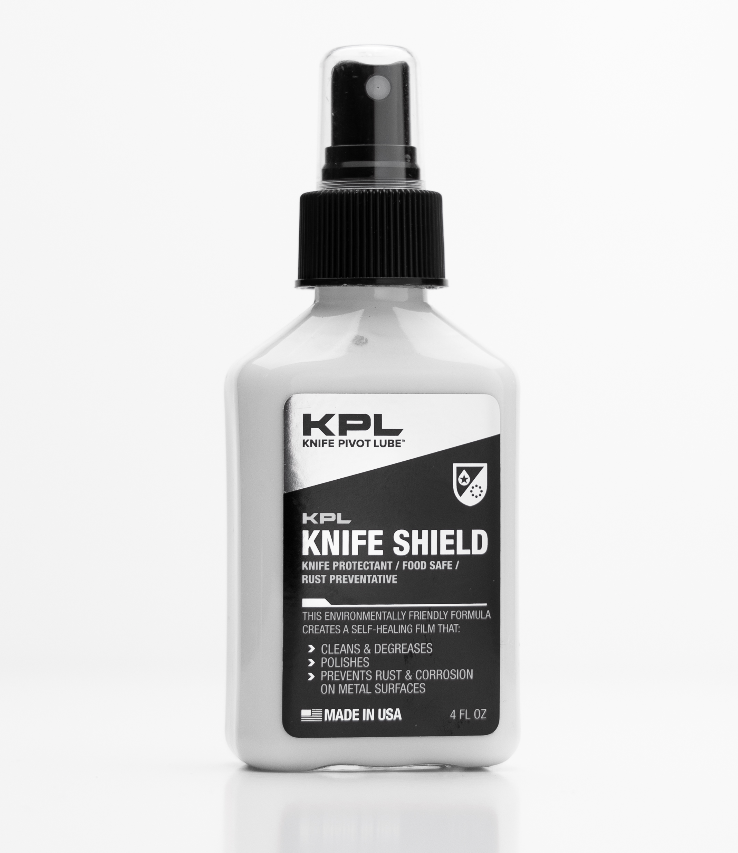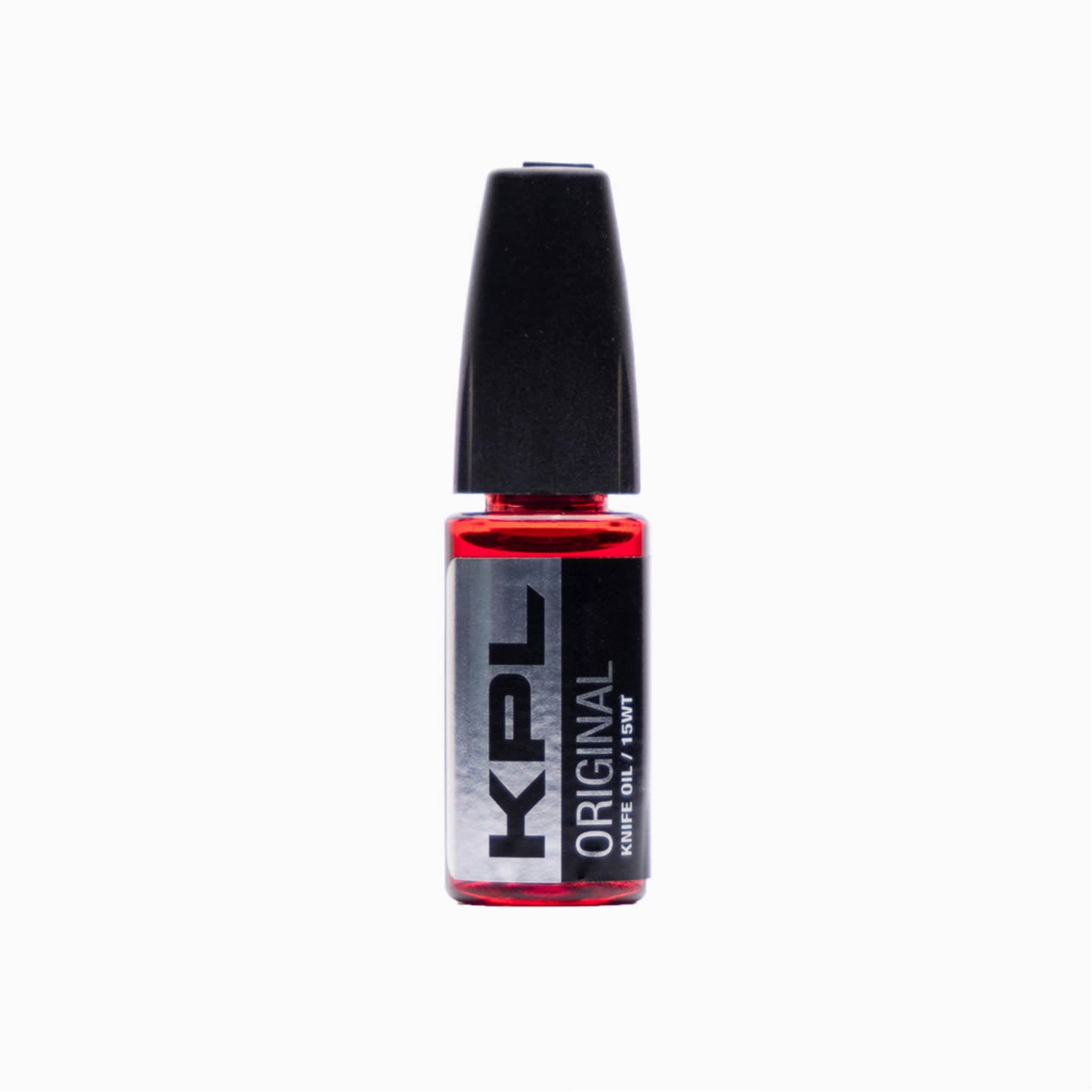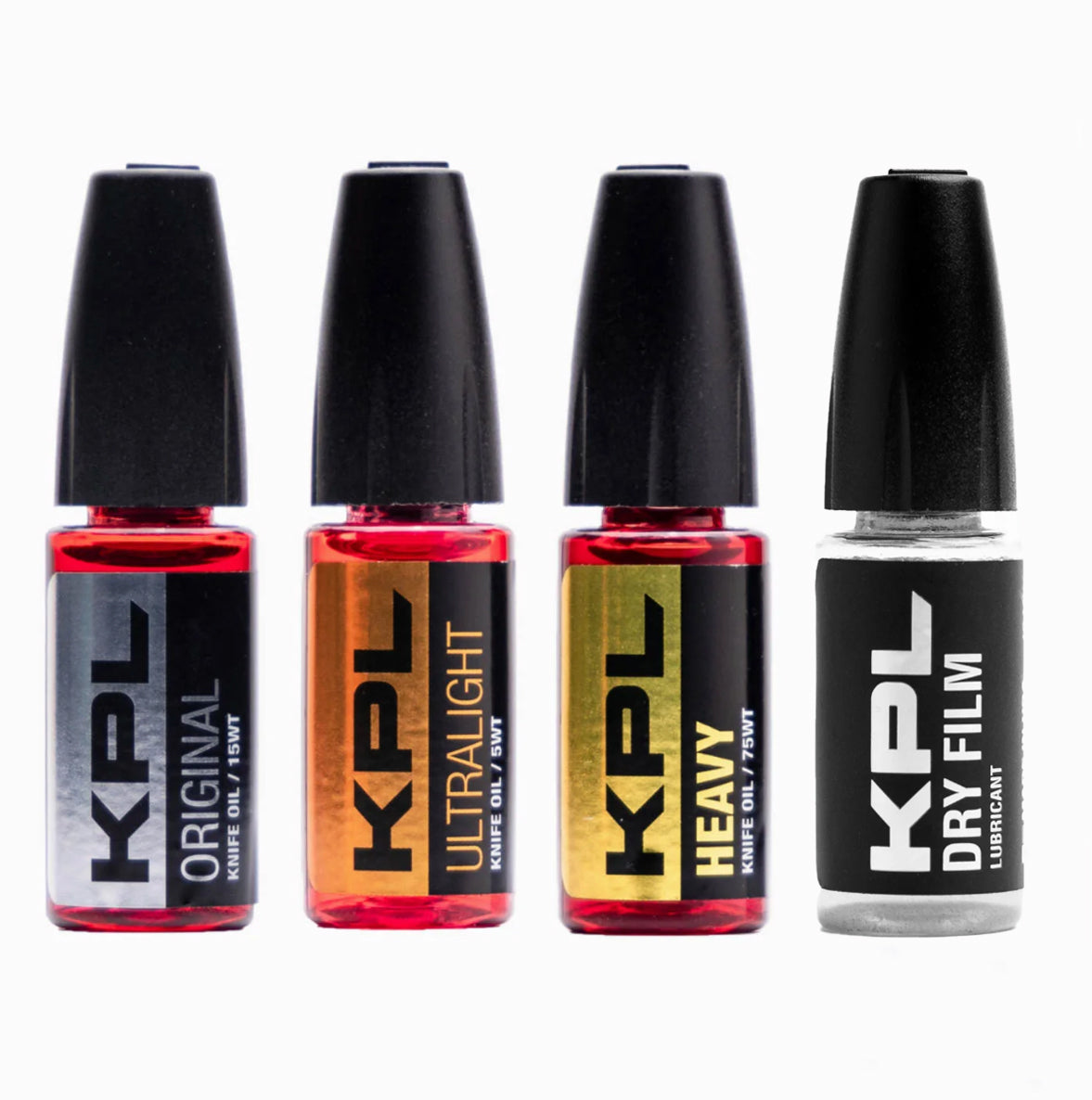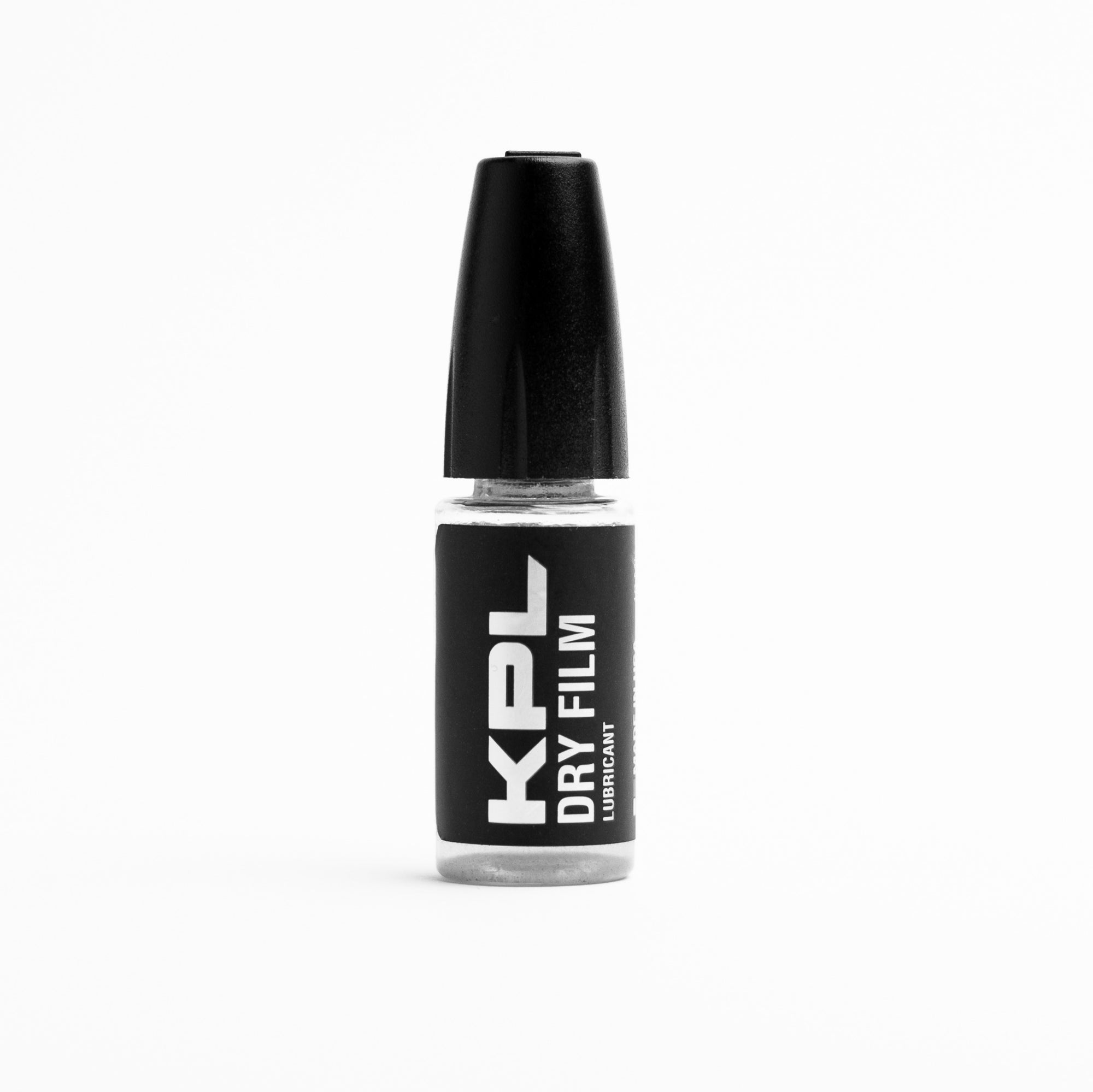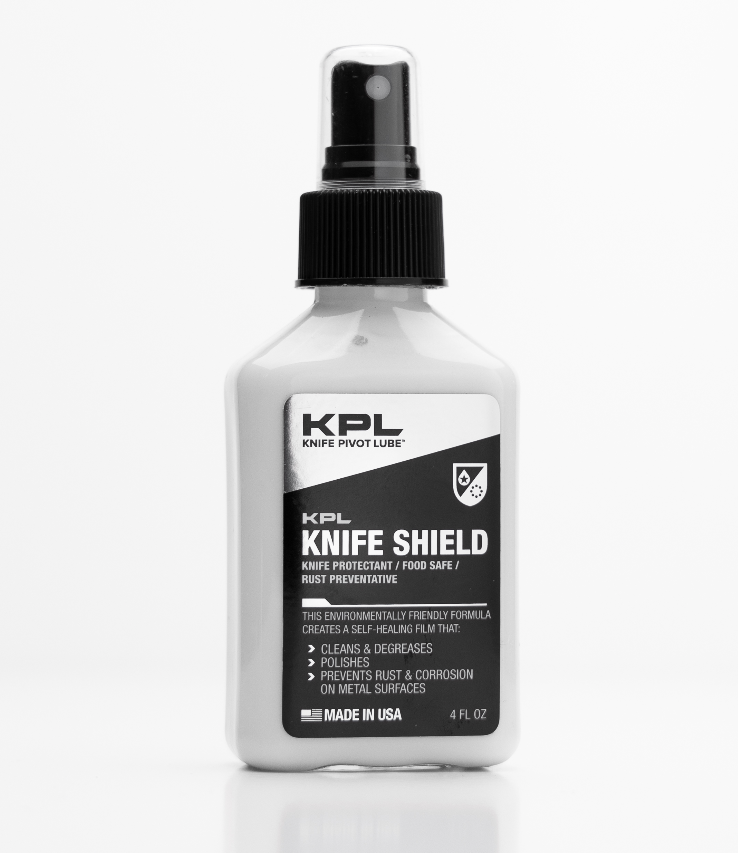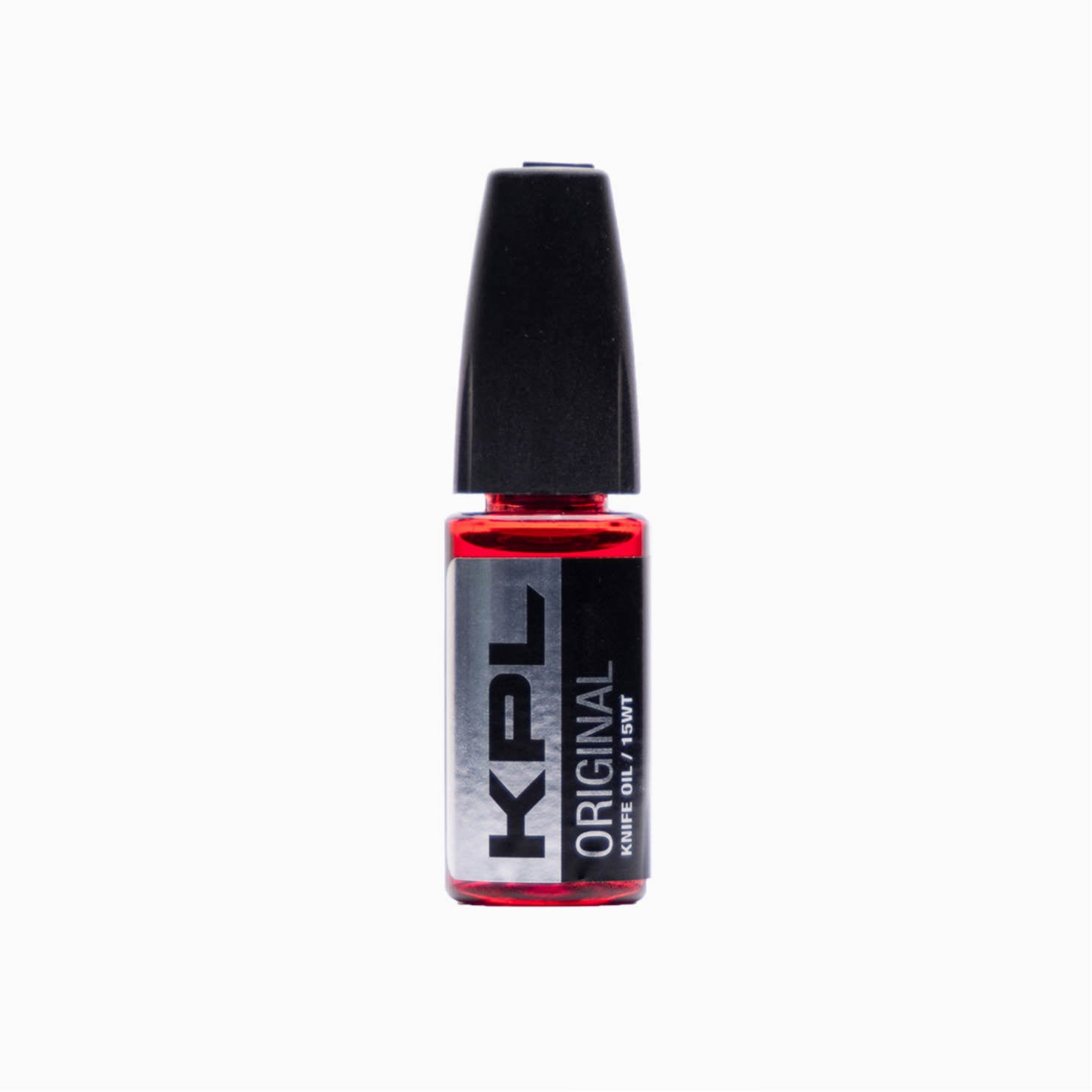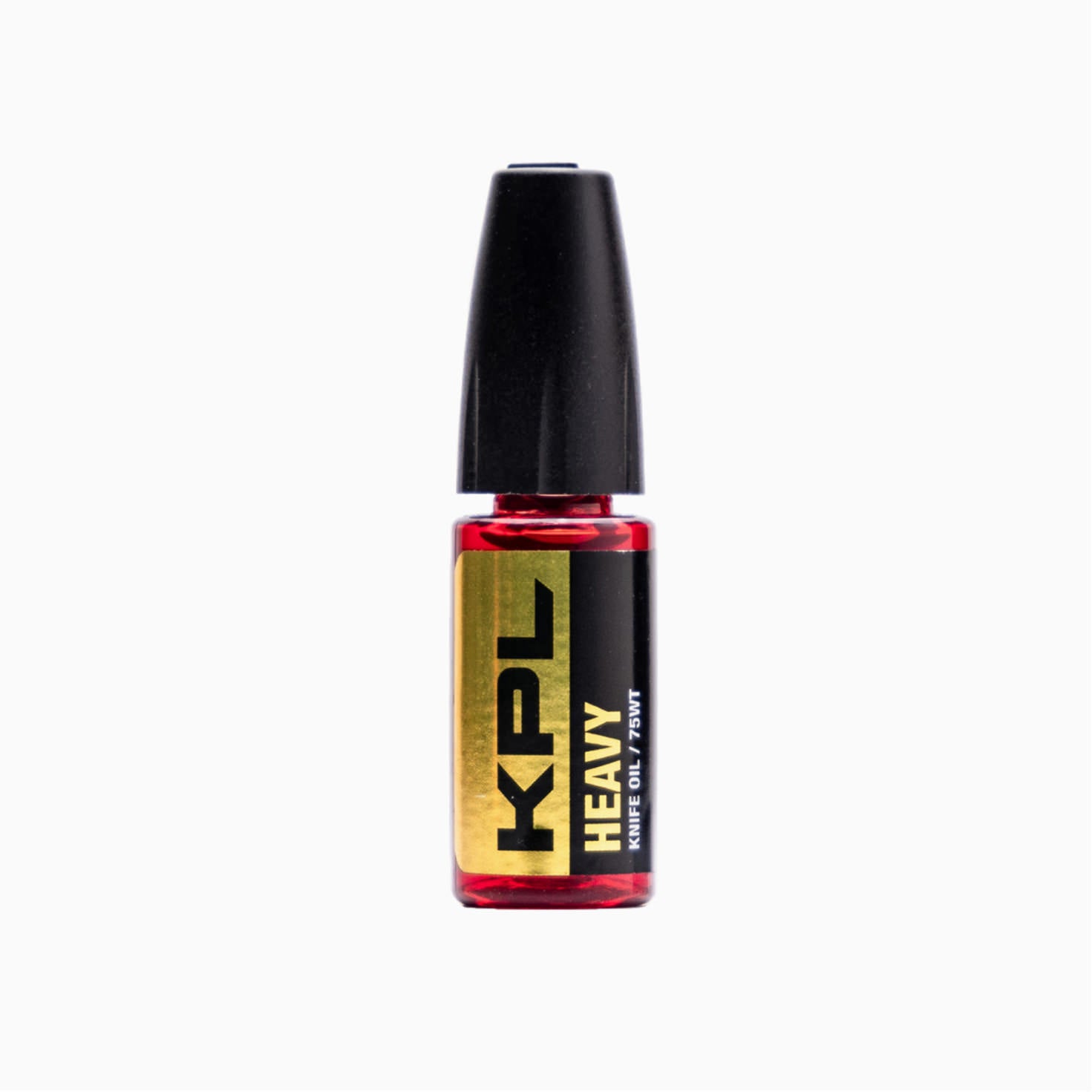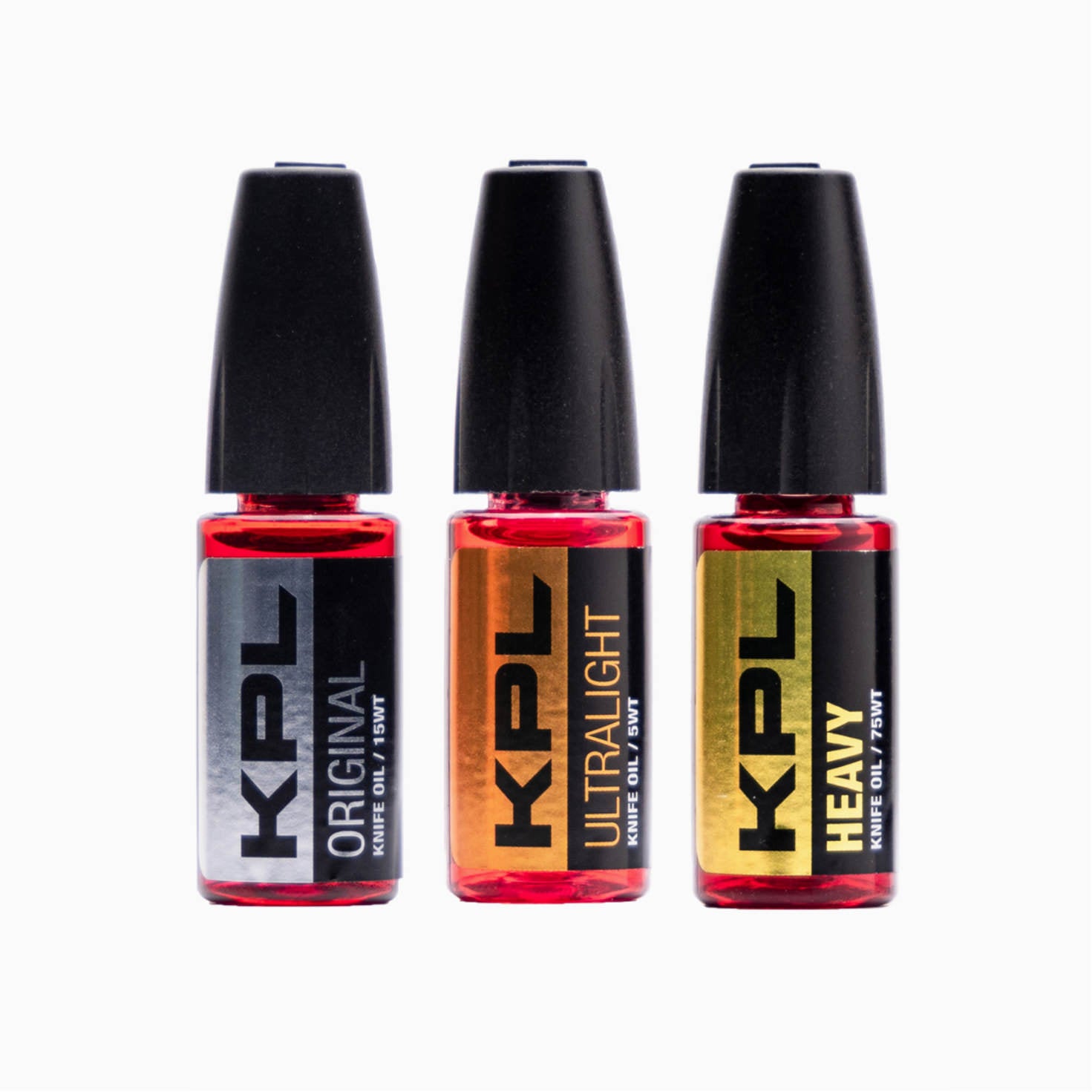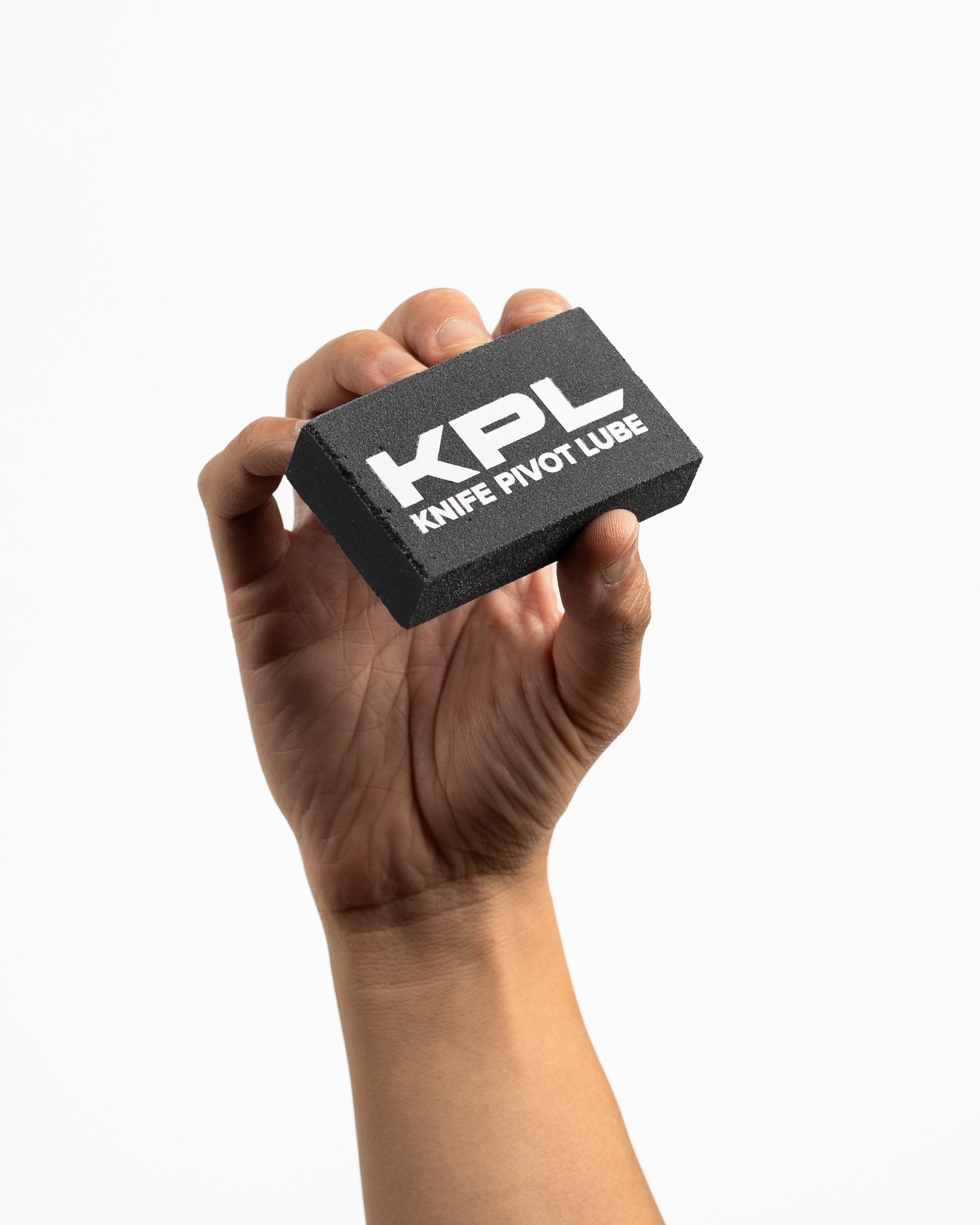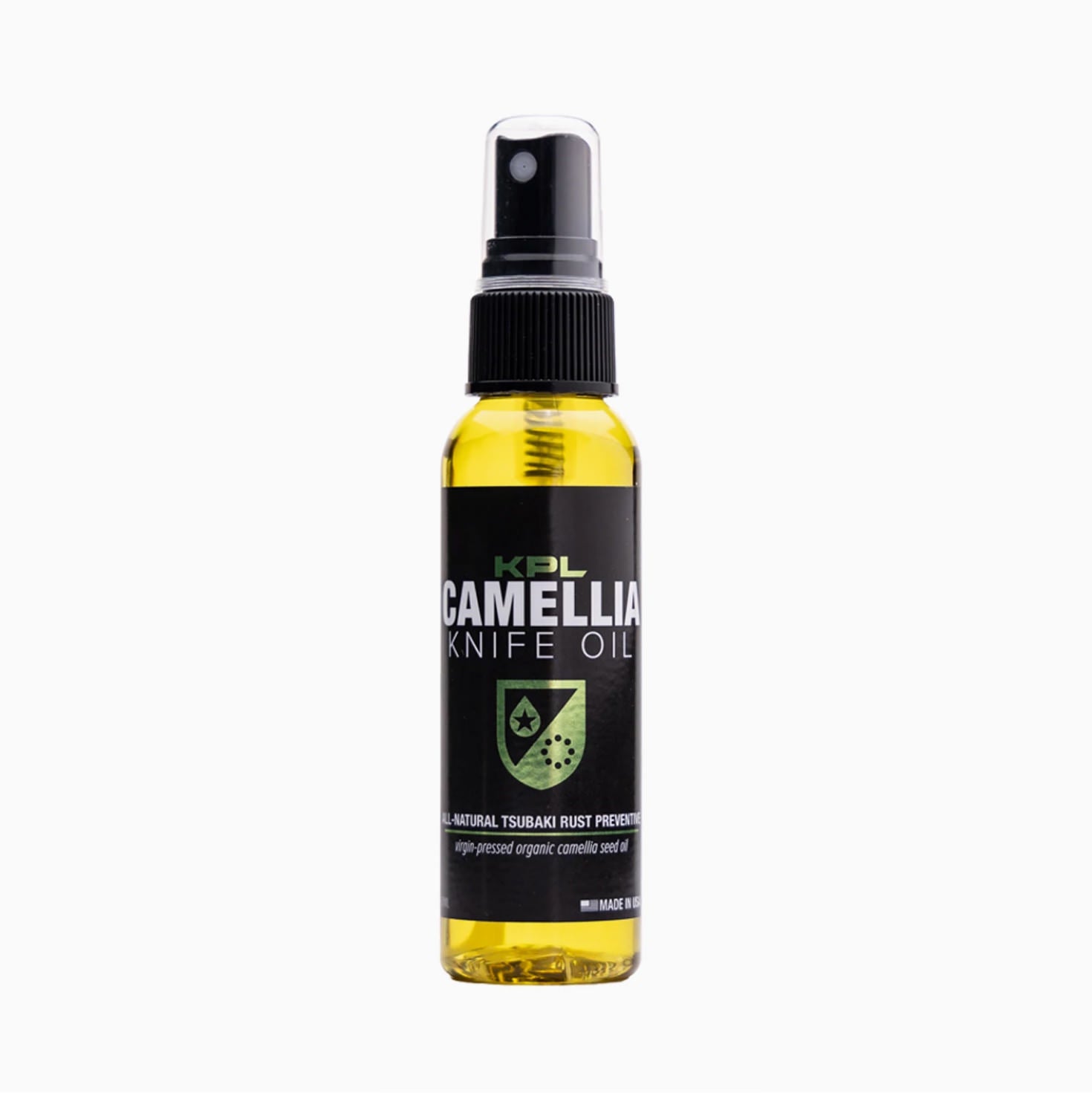It certainly seems like there're a lot more balisong trainers on the market than there used to be.

In fact, it seems like there are a lot more balisongs in general these days, and a lot more people that flip them.
For people just getting into balisong flipping they may have some questions about the differences between knives and trainers. Should you start with a live blade or trainer? Can you learn new tricks with a live blade? What are balisong trainers used for?
They each come with their own pros and cons, but hopefully this breakdown will help you decide which one is better for you.
| Live Blades | Trainers |
|---|---|
| -Better flipping technique | -No risk of injury |
| -More impressive | -Lower cost |
| -More competition opportunities | -Brings new people into the hobby |
| -Has functionality as a knife | -Legal everywhere, no age restrictions |
Live Blades
Of course balisongs were originally live blades, as their primary use for hundreds of years was simply as a knife. Butterfly knive construction comes with several advantages over other styles of knives: the dual pivot system makes it stronger than knives with just one pivot, the way the two handles close around the blade makes for a very slim profile, and it can be easily opened and closed with one hand.
The opening and closing of the knife is also its most alluring feature. There are an infinite number of ways to flip open and close a balisong, and it’s easy to spend hours fidgeting away with one of these knives.
But just because balisongs originated as live blades, does that make them superior to trainers? Here are some of the pros and cons of live blade butterfly knives.
Advantages
One of the main pros, or at least one of the most common things you’ll hear from flippers on this issue, is that flipping live blades gives you better technique. When you have a sharpened edge there is actual risk involved, which means you’ll be more focused on executing tricks cleanly and properly.
You may hear this called different things: “bite handle discipline”, “blade discipline”, or simply “respect for the blade”. Whatever you’d like to call it, flipping with a live blade will make you develop better habits and minimize the frequency of injury.
With the increased danger also comes more fun! Many people are drawn to high-risk activities because of the thrill or adrenaline rush that they get from it. Flipping a live blade balisong is no different - knowing that making mistakes carries with it actual consequences adds to the overall excitement of the activity.

Of course this is a generalization, and many people would actually feel stress and fear rather than the excitement that others get from flipping a live blade. Whether or not you’re the thrill-seeking type that flips live, a stronger argument can be made that most people do find it more fun to watch people flip live blades.
Watching people engage in dangerous activities is mesmerizing, whether it be fire spinning, chainsaw juggling, or free solo rock climbing. That isn’t to say that you couldn’t enjoy watching baton spinning or a tennis ball juggling routine, but adding an element of danger makes for a more entertaining spectacle.
For example, no one would have noticed if @knownlyrics15 caught a 20 rotation power aerial using a balisong trainer. Seeing him push through and commit to this trick with a live blade, even after being cut twice, makes this feat far more impressive.
It is also a good idea to be comfortable flipping a live blade if you plan on flipping competitively. Although each comp is different, some require participants to flip with a sharp edge and do not allow trainers.
There are also a few advantages to live blades that go beyond flipping. Most obviously, live blades are real knives, so they have the same functionality that any other knife would have.
With this comes more variety as well. There is usually just one design for a balisong trainer blade, but live blade butterfly knives often come with multiple blade shape options. The opportunity for customization is much higher with actual blades, which can be reground, have a patina, or contain other design details that you won’t find on trainers.
Disadvantages
There are, of course, some obvious drawbacks to live bladed balisongs. They might not even be legal in your state or country, meaning they might not even be an option to begin with.
The fact that butterfly knives are legal in some areas but not in others also makes traveling with them more difficult. Although it’s not impossible, you’ll still need to consider the knife laws of your point of origin, destination, and any other places along the way you might find yourself in.
Even if you’re legally eligible to own and carry a live blade balisong, you may still garner some unwanted attention from the public. Some people have negative connotations that they associate with butterfly knives, or may misidentify them as a switchblade and think they’re illegal. Other people are simply uncomfortable around knives in general, and seeing someone flip open a butterfly knife might be off putting to them.
Of course not everyone is like this; many people would have the exact opposite reaction and be very interested and curious about balisongs and how to flip them. Still, it’s good to be aware of your surroundings and the various ways your actions might impact those around you.
As far as flipping live blades goes, let’s start with the most obvious disadvantage: you can get cut! The potential for injury not only makes flipping live blades more dangerous, but also brings with it all sorts of side effect disadvantages.
Cuts come in all varying degrees of severity - some require stitches, others will heal on their own in a few days, others may be so minor that you won’t need to even stop your flipping session. Depending on the cut though, you may not be able to flip for a few days, other activities in your life could become more cumbersome, and you could be left with some permanent scars.
Tip: If you do flip live blades, make sure your blade is kept sharp. Although somewhat counterintuitive, sharp blades make clean cuts, and clean cuts hurt less and heal quicker. This is why paper cuts hurt so much - being cut with a rough edge (like the edge of a sheet of paper) tears the skin as it cuts, which is also why you don’t see more balisongs with serrated edges.

Also, blood stains! Getting cut during a flipping session and subsequently bleeding on things around you can stain, damage, or ruin your clothes, carpet, or anything else that might be near you.
Flipping live could also potentially hinder your progress as a flipper. Some people are more cautious flipping live and rely on their “comfort combos” - manipulations that they have established muscle memory for - rather than pushing themselves to try new tricks, advance their flipping skills, and build their trick repertoire.
Trainers
Now that we’ve seen some of the pros and cons of live blade butterfly knives, let’s take a peek at how balisong trainers stack up, what issues they might solve, and where they may fail where live blades succeed.
Advantages
Balisong trainers don’t have a sharpened edge by definition, and almost all of the advantages that come with trainers stems from this fact. Without a sharpened (or sharpenable) edge, trainers are not knives and therefore cannot cut anything.
First of all, this means you can flip endlessly without worrying about injury. With the risk of getting cut completely removed from the situation, it opens the door to a slew of flipping opportunities.
Perhaps this takes the form of being a more relaxed activity. Not everyone wants to need to have their full focus on flipping while enjoying the hobby, sometimes it can be enjoyable to fidget with a trainer while having your main focus on another activity like watching TV or reading the KPL blog.
It also creates more space to be innovative with your style and experiment with new tricks. Removing fear from the activity allows you to more confidently push boundaries and develop innovative concepts without worrying about making mistakes.
Although most flippers flip trainers as if there was a live edge, disregarding the hypothetical edge of a trainer also opens up the door to even more new trick possibilities and manipulations.
For those of legal age, using trainers makes flipping a safe activity to do while under the influence. Not only does alcohol impair coordination and fine motor skills (which obviously will affect flipping), but it also thins the blood, which can lead to excessive bleeding if you were to get cut with a live blade.
With no risk of injury, trainers can be a great temporary stand-in in situations or stretches of time that you can’t (or shouldn’t) flip live. KnifeZoid explains in one of his videos how he cut himself flipping just before meeting a new business contact, but wasn’t able to shake his hand because he was still bleeding.
Some people work in professions or have other hobbies and commitments that require safety to be permanent, rather than only temporary. Trainers are a great option for people who want to flip but may be musicians, surgeons, typists, or have any other occupations or interests that would be negatively impacted by having cuts on their fingers.
All of these safety advantages apply just as much to other people as it does to yourself. This means that you can leave your trainer lying around without worrying about someone picking it up and hurting themself, they’re a safe alternative for kids whose parents don’t want them playing with knives, and they’re a great non-threatening way to bring new people into the hobby by letting them test the waters before jumping in the deep end.

There are also a few advantages of trainers that don’t relate to flipping, perhaps the most significant being their legality. Since trainers are not actual knives they are legal all over the world, and solve all of the problems that live blades have regarding travel and potential legal issues.
They’re also typically quite a bit cheaper than live blades. Being able to skip all of the time and effort that goes into making a sharp blade, as well as frequent use of cheaper steels, means a lower cost for the consumer at the point of sale. There has also been a recent rise in plastic balisong trainers, which are far cheaper to produce than their metal counterparts.
Finally, trainers sometimes come with features that knives don’t. Although some of these are more novelty than function (think bali-comb, bali-fork, bali-spoon, etc.), products such as the Artisan Cutlery Kinetic Tool comes equipped with a variety of functional tools, and BBBarfly makes several models of bottle opener balisong trainers that are competent flippers as well as bartending tools.

Disadvantages
There are actually very few drawbacks to flipping trainers. You may not be able to flip trainers in all competitions, but you still can in many of them. Some people are less impressed by watching people flip trainers than live blades, but that doesn’t mean that flipping trainers isn’t impressive in its own way.
Perhaps the largest disadvantage to flipping trainers is the negative effect it can have on technique. Without the risk of getting cut it can be easy to lose focus while flipping, make mistakes, and develop bad habits such as trying to catch a falling knife.
Flipping trainers can also affect your confidence when transitioning from trainer to live blade. You might find yourself with less confidence when switching from a trainer to a live blade, or in some cases even overconfidence can lead to mistakes and injury.
Results
Whether you're a seasoned flipper or you're just getting into the hobby, hopefully you enjoyed this breakdown of the pros and cons of live blades and trainers. Whichever you prefer, just make sure you're having fun!
Can you think of any pros or cons about live blades vs. trainers that weren’t mentioned? Leave a comment down below!
Bonus: Tips for Flipping both Trainers and Live Blades
If you do flip both trainers and live blades, here are a few helpful practices that will make switching between the two smoother.
- Use trainers with a similar weight, balance, and feel to your live blade, or simply tape the blade when you want to use a trainer
- Keep your focus and flip trainers with the same amount of bite handle discipline as you would with a live blade
- Avoid flipping exclusively trainers for long stretches of time, or you may be more timid when returning to a live blade


